
What Is Pearl Jewellery and Why It’s So Timeless
If you’ve ever wondered what is pearl jewellery, it begins in a mollusc, where a small irritant becomes coated in glowing layers of nacre, forming the timeless beauty admired since ancient civilizations for purity and prestige. From medieval trade routes and Renaissance symbolism to 19th-century couture, pearls have long represented refined taste. Today, freshwater, Akoya, Tahitian, and South Sea pearls each offer unique luster, color, and size, supported by modern cultured techniques for reliable quality. Their quiet luxury, versatility, and lasting meaning continue to endure—reflected in pieces like those from our Pearl Bridesmaid Jewelry collection, where thoughtful grading, craftsmanship, and ethical sourcing guide every choice.
The Origins of Pearls: Nature’s Luminous Treasure
Although pearls seem timeless, their story begins with a precise biological response deep within molluscs. You first encounter them in ancient coastlines where divers prized natural finds, embedding them in ritual and trade.
Classical texts then elevate pearls as emblems of purity and sovereignty, their historical significance secured in royal treasuries from Rome to Han China.
By the medieval era, guilds regulated who could wear them, reinforcing social hierarchies you can still trace in inventories and sumptuary laws.
Renaissance courts expanded meanings through pearl folklore, linking lunar cycles to luminous perfection.
In the 19th century, global exploration widened sources, entwining pearls with imperial economies.
Early 20th‑century cultivation reshaped supply chains and ethics, letting you access refined gems while preserving echoes of their storied past.
How Pearls Form: From Irritant to Iridescence
When a microscopic intruder breaches a mollusc’s soft tissue, the animal initiates a precise defense that becomes a jewel. You witness pearl formation begin with the irritant process: epithelial cells migrate, forming a sac that isolates the foreign body.
Next, the mantle secretes nacre—aragonite platelets bound by conchiolin—in finely stacked layers. Over weeks and years, those layers grow concentrically, smoothing sharp edges and stabilizing the nucleus.
As deposition continues, you’d observe optical refinement. The spacing and thickness of nacre platelets manipulate light through interference, producing orient and that distinct soft glow.
Environmental rhythms govern layer regularity: temperature, nutrition, and salinity subtly alter crystal habit and luster. Ultimately, structure dictates beauty; consistent, tightly packed nacre yields superior iridescence, translating biological defense into enduring elegance.
Natural vs. Cultured Pearls: What’s the Difference?
Even before pearl farms transformed coastlines, divers prized the rare chance discovery of a natural pearl—an accident of biology sparked by an uninvited particle.
You inherit that history when you compare natural pearl characteristics with modern practice. Historically, natural pearls formed without intervention, grew slowly, and displayed uneven shapes, complex orient, and subtle, layered nacre. Scarcity defined their value.
In the early 20th century, cultured pearl production standardized the process. Technicians implanted a nucleus or tissue graft, guided healing, and monitored oysters, compressing uncertainty into planned growth cycles.
You still get true nacre, but with greater consistency in size, shape, and matching. Appraisal follows suit: experts verify internal structure via X‑ray, noting concentric nacre in naturals versus a discernible core in cultured gems, aligning rarity with price.
Freshwater, Akoya, Tahitian, and South Sea: Key Types Explained
Understanding how pearls form sets up the practical question you face next: which types offer the look and performance you want.
You first encounter freshwater varieties, pioneered in 20th‑century China, grown in mussels with multiple implants. They deliver accessible elegance, durable nacre, and wide availability.
Next come Akoya, Japan’s post‑war standard. You’ll notice classic roundness, crisp luster, and cool whites—core akoya characteristics shaped by controlled farming and careful sorting.
In the 1960s, French Polynesia scaled black‑lipped oysters, giving you tahitian hues ranging from charcoal to peacock overtones, with thicker nacre and confident presence.
Finally, the late‑century ascent of Australian and Indonesian farms revealed south sea uniqueness: large, satin‑luster gems from Pinctada maxima, commanding prestige for formal settings and heirloom investment.
Pearl Shapes, Sizes, and Colors: Understanding the Aesthetic Spectrum
Though types set the stage, the aesthetic story unfolds through shape, size, and color, each evolving with advances in cultivation and sorting.
You first encounter round pearls—the classical ideal shaping pearl symbolism since antiquity. By the early 20th century, cultured pearls made near-rounds and symmetrical ovals reliably available, while baroque and keshi shapes later expanded pearl fashion with sculptural individuality.
Size followed a similar arc: modest millimeters dominated prewar styles; postwar techniques yielded larger Akoya; late-century breakthroughs brought impressive South Sea and Tahitian diameters, shifting necklaces from demure strands to statement pieces.
Color diversified next: natural creams and whites gave way to silver, rose, and gold overtones, then to Tahitian greens and peacocks—palettes you now curate to match skin tone, era, and intent.
Grading and Quality Factors: Luster, Surface, and Matching
As shapes, sizes, and colors broadened the palette, connoisseurship shifted to how pearls perform under light and scrutiny—luster first, then surface, then the discipline of matching.
You begin with luster evaluation: judge the sharpness of reflections and the depth of glow, products of nacre thickness and layering. Historically, traders prized mirror-like clarity; you should, too, because high luster amplifies form and minimizes visual noise.
Next, survey surface imperfections. Note pits, scratches, or bumps, but weigh their placement and visibility; minor blemishes at drill points matter less than central flaws.
Finally, assess matching across a strand or pair. You align hue, overtone, size, and shape, then normalize luster and cleanliness so pieces read as one, achieving coherent rhythm through disciplined selection and grading.
Classic Designs and Modern Twists: Styles to Know
Before trends splintered into niches, pearl jewellery followed a clear lineage: chokers and opera-length strands in the early 20th century, elegant studs and button earrings for daytime propriety, and rope necklaces knotted flapper-style for evening drama.
You inherit that vintage elegance when you choose uniform Akoya strands and graduated necklaces that defined mid-century polish.
By the 1960s–80s, you see baroque shapes and torsade twists widen the repertoire, pairing pearls with gold chains.
Today, designers honor tradition while adding contemporary flair.
You’ll wear asymmetric earrings, tin-cup stations spaced on fine chain, and floating pearls set on transparent thread.
Sculptural ear cuffs, pearl-tipped bangles, and mixed-metal links push silhouettes further.
Layered chokers meet collar-length strands, while South Sea singles anchor sleek pendants you can rotate across wardrobes.
Why Pearls Endure: Symbolism, Versatility, and Quiet Luxury
Even when styles pivot sharply, pearls retain meaning that’s centuries deep, which explains their steady presence from ancient rites to modern red carpets.
You inherit their symbolic significance from antiquity, when pearls signaled divine favor and rank. In classical Rome and Han China, you see them marking virtue, marriage, and diplomacy. By the Renaissance, they embody purity and statecraft, then migrate into 19th‑century couture as emblems of taste.
In the 20th century, film and fashion recast pearls as timeless elegance—adaptable from boardroom suits to evening gowns.
Today, you read them as quiet luxury: understated, precious, and intentionally restrained. Their versatility spans studs, strands, and baroque forms, moving effortlessly across cultures and dress codes, letting you express continuity while embracing contemporary style.
Care and Longevity: How to Wear and Maintain Pearls
How do pearls stay luminous for decades? You begin with how you wear them: put pearls on last, after fragrance, hair spray, and lotions, so acids and alcohols don’t abrade nacre.
During the day, wipe them gently with a soft, damp cloth to remove skin oils that dull luster. After each wear, practice basic pearl cleaning: use lukewarm water, a drop of mild soap, no abrasives, and dry flat on a towel so silk threads don’t stretch.
Next, schedule restringing every 12–24 months, knotted between each bead to prevent friction and loss.
For pearl storage, keep strands flat in a breathable pouch, away from heat, sealed plastics, and metal chains that scratch.
Finally, let pearls “breathe”; occasional humidity preserves their moisture and enduring glow.
Ethical and Sustainable Considerations in Pearl Sourcing
While pearl jewelry evokes timeless beauty, its value also depends on how responsibly it’s brought to market. You first encounter pearls at their source: fisheries and farms that monitor water quality, biodiversity, and host oysters without harmful chemicals.
Early adopters showed that ethical sourcing aligns with healthier ecosystems, because oysters thrive only in clean habitats. As cultivation matured, you looked for transparent hatchery practices, fair wages, and local community partnerships.
Next, sustainable practices shaped transport and processing—traceable lots, reduced bycatch, and energy-efficient grading. Certifications and audits followed, verifying environmental impact and labor standards across regions.
Today, you evaluate provenance reports, third‑party seals, and repair programs that extend product life. By choosing verifiable supply chains, you reinforce livelihoods, protect marine systems, and secure pearls’ enduring legitimacy.
Frequently Asked Questions
Can Pearls Be Worn During Exercise or Swimming Without Damage?
No. You shouldn’t wear pearls during exercise or swimming. First, understand pearl care: nacre hates sweat, chlorine, and salt. Next, consider exercise considerations: impact and abrasion scratch surfaces. Finally, remove, wipe afterward, store softly, and restring periodically.
Are Pearl Pieces Safe for People With Metal Allergies?
Yes, most pearl pieces are safe, but metal components can trigger reactions. First, review allergy information. Next, choose hypoallergenic settings like platinum, titanium, or surgical steel. Finally, practice pearl care: wipe after wear, avoid perfumes, and store separately.
How Should I Travel With Pearl Jewelry to Prevent Damage?
Pack pearls last; use soft pouches and dedicated jewelry storage boxes. During travel, keep them in carry-on, avoid humidity, chemicals, and heat. After arrival, wipe gently, lay flat, re-string periodically. These travel tips preserve luster and longevity.
Can Pearls Be Resized or Restrung to Fit Different Necklines?
Yes. You can’t do pearl resizing, but you can have a necklace pearl restrung. First, a jeweler assesses length and clasp. Next, they re-knot between pearls, adjust spacing, add or remove pearls, then finish with secure findings.
What Insurance Coverage Is Appropriate for Valuable Pearl Jewelry?
You should choose scheduled personal articles coverage. First, complete an appraisal process, then list items. Next, confirm worldwide, mysterious disappearance, and damage coverage. Finally, verify agreed value, low deductibles, and replacement options for matching pearls, clasps, and restringing costs.
Conclusion
From nature’s earliest alchemy to today’s refined ateliers, you trace pearls’ journey: formation, cultivation, and the nuanced families—freshwater, Akoya, Tahitian, South Sea. You learn how shape, size, and color shape aesthetics, how classic strands evolve into modern silhouettes, and why pearls symbolize grace, adaptability, and quiet luxury. You also grasp care rituals that preserve luster and the ethics guiding responsible sourcing. In honoring their past and minding their future, you wear pearls that endure—intellectually, stylistically, and sustainably.


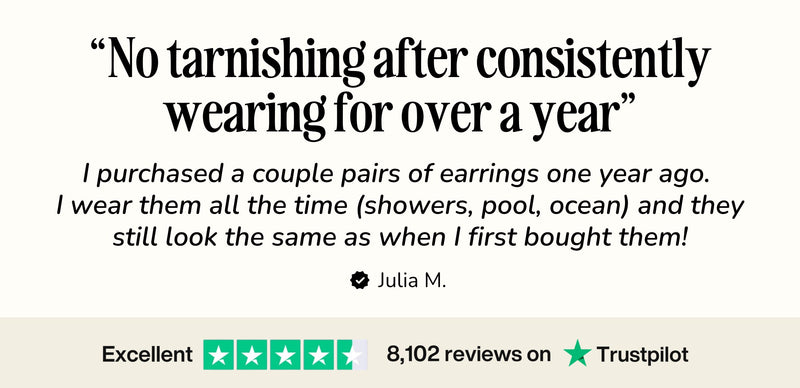




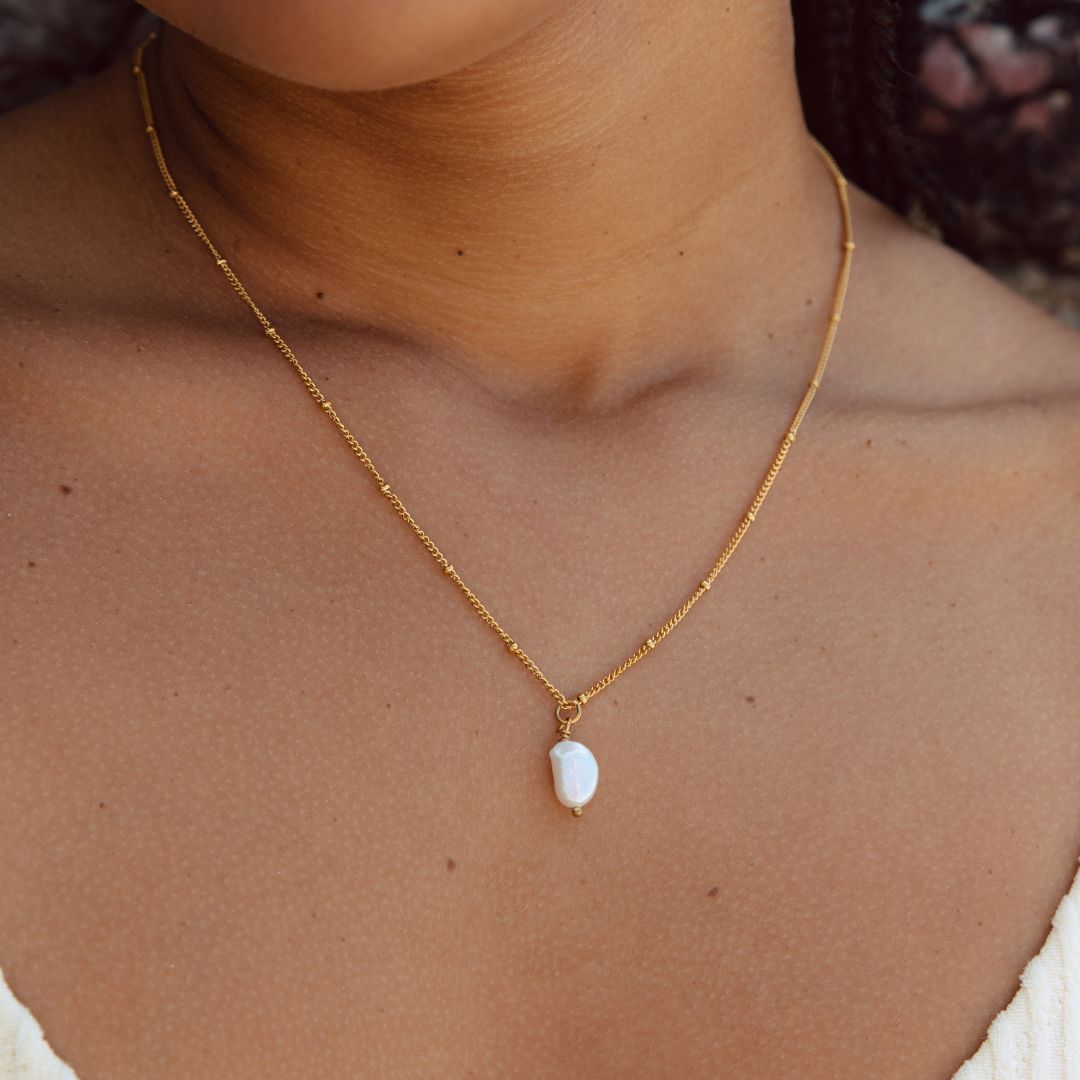
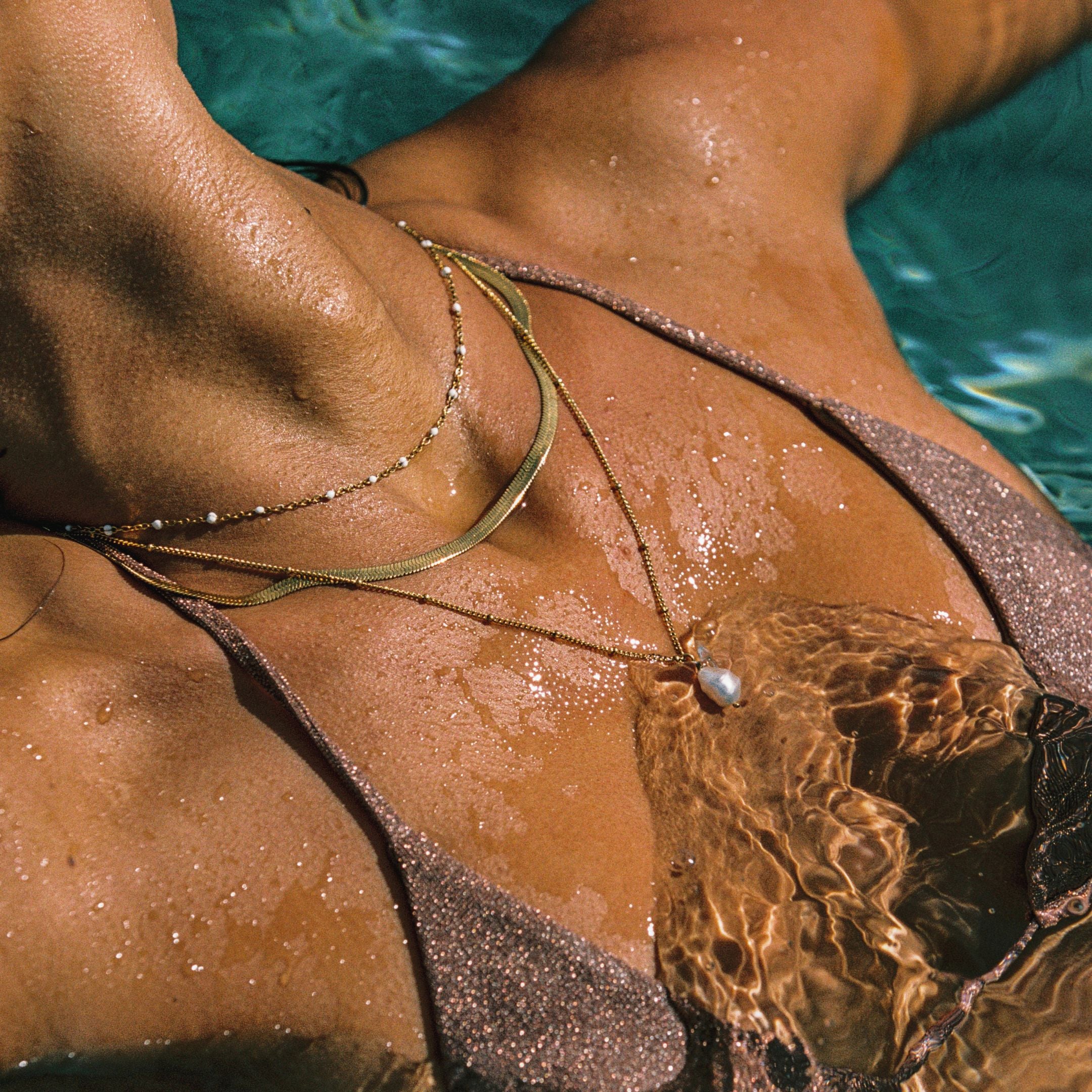
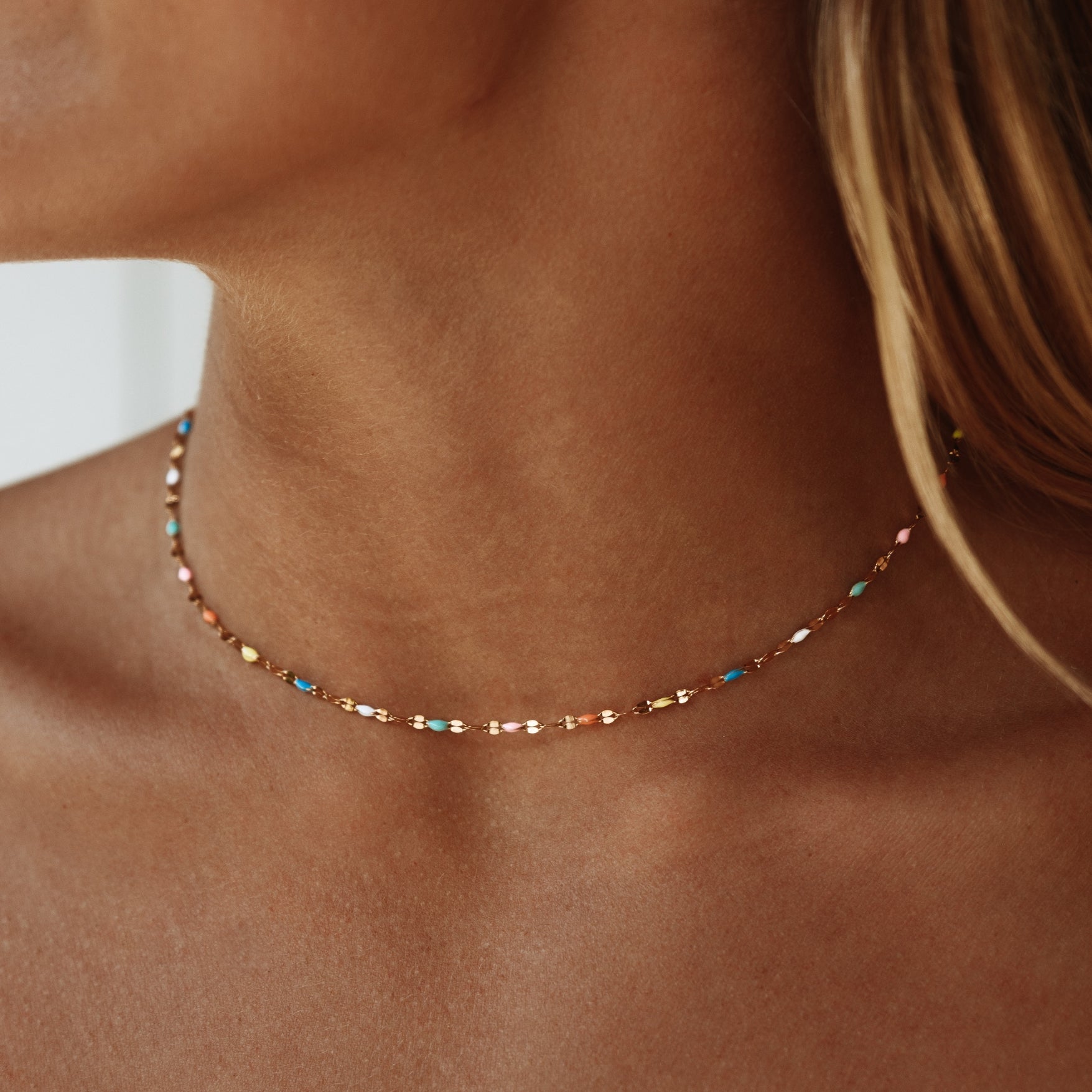
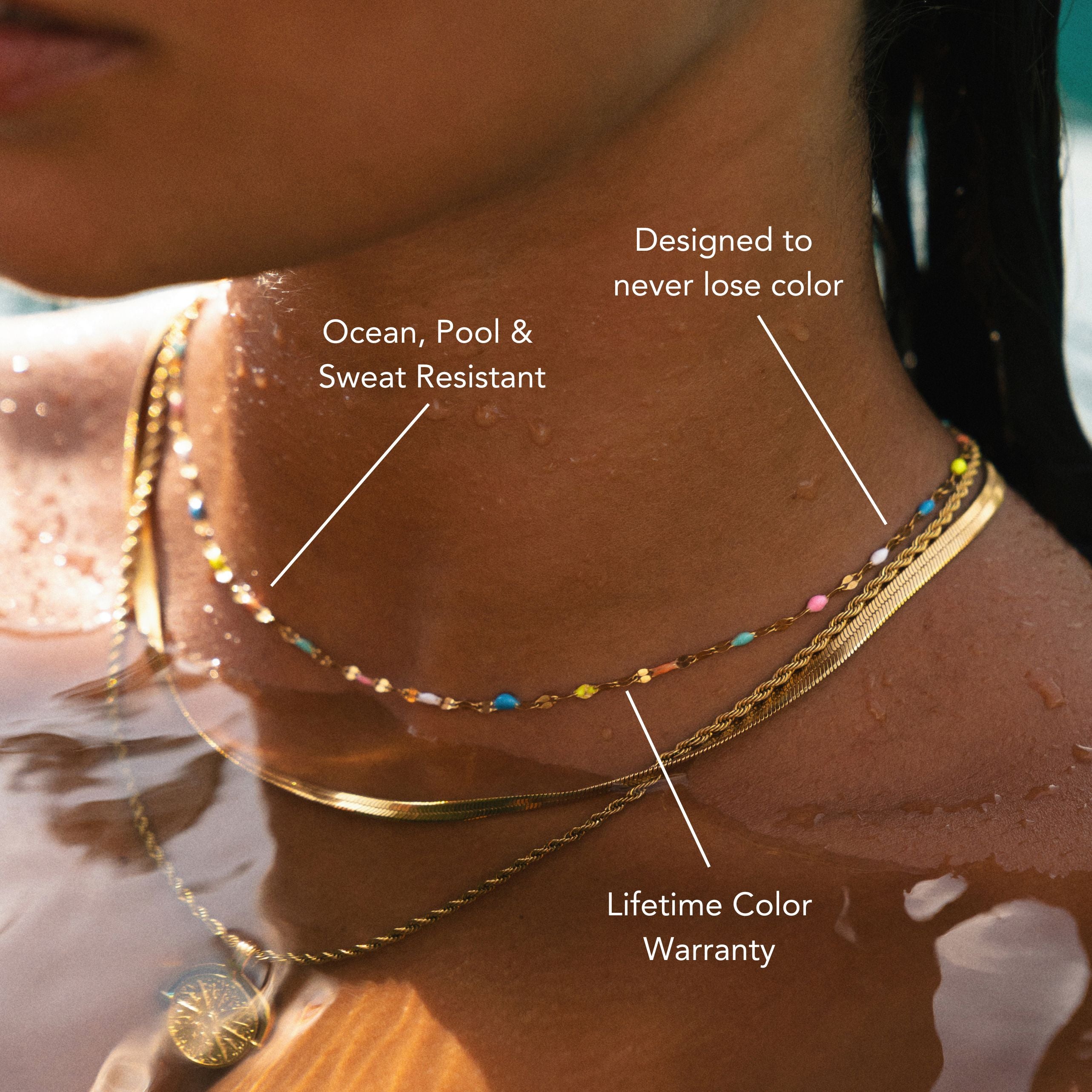
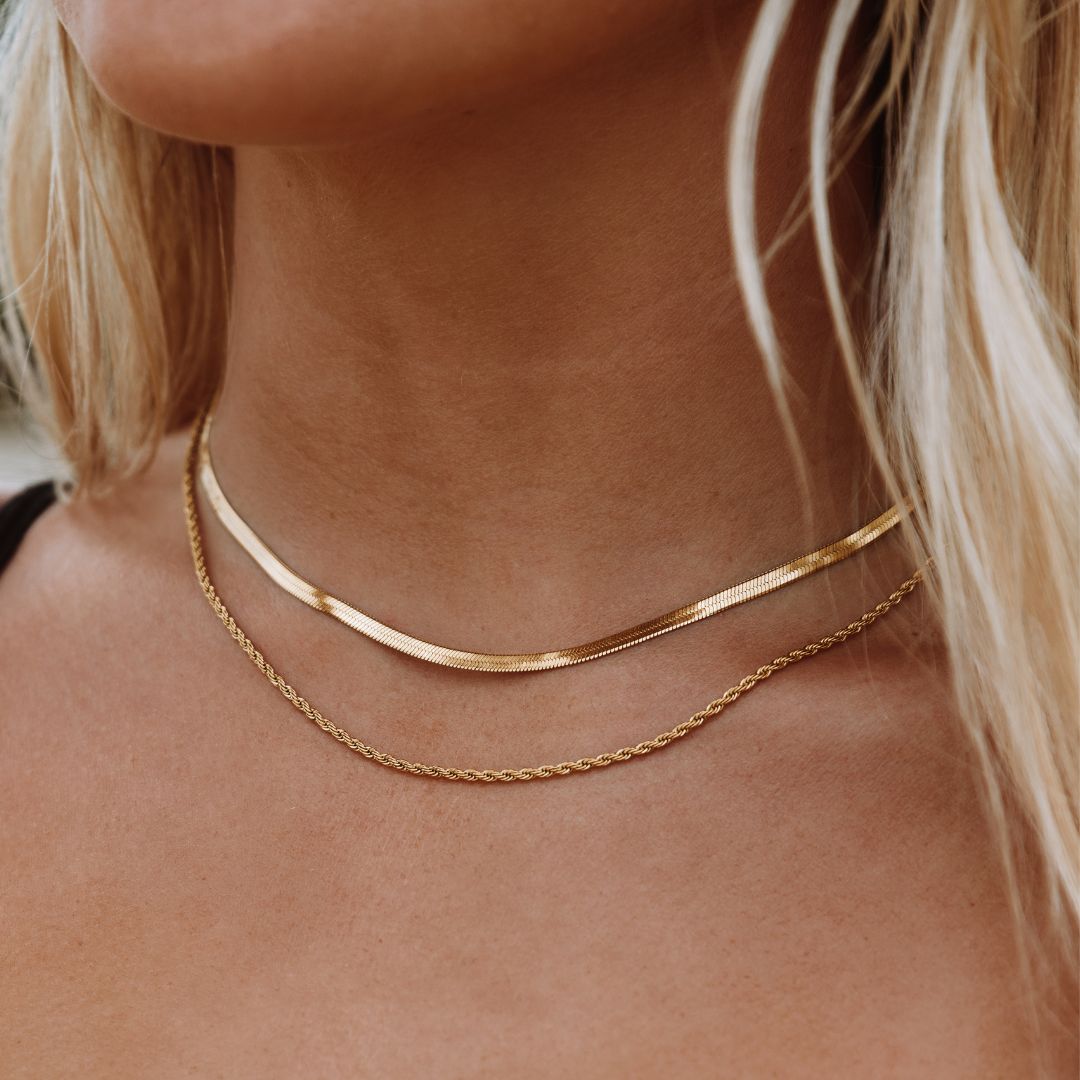
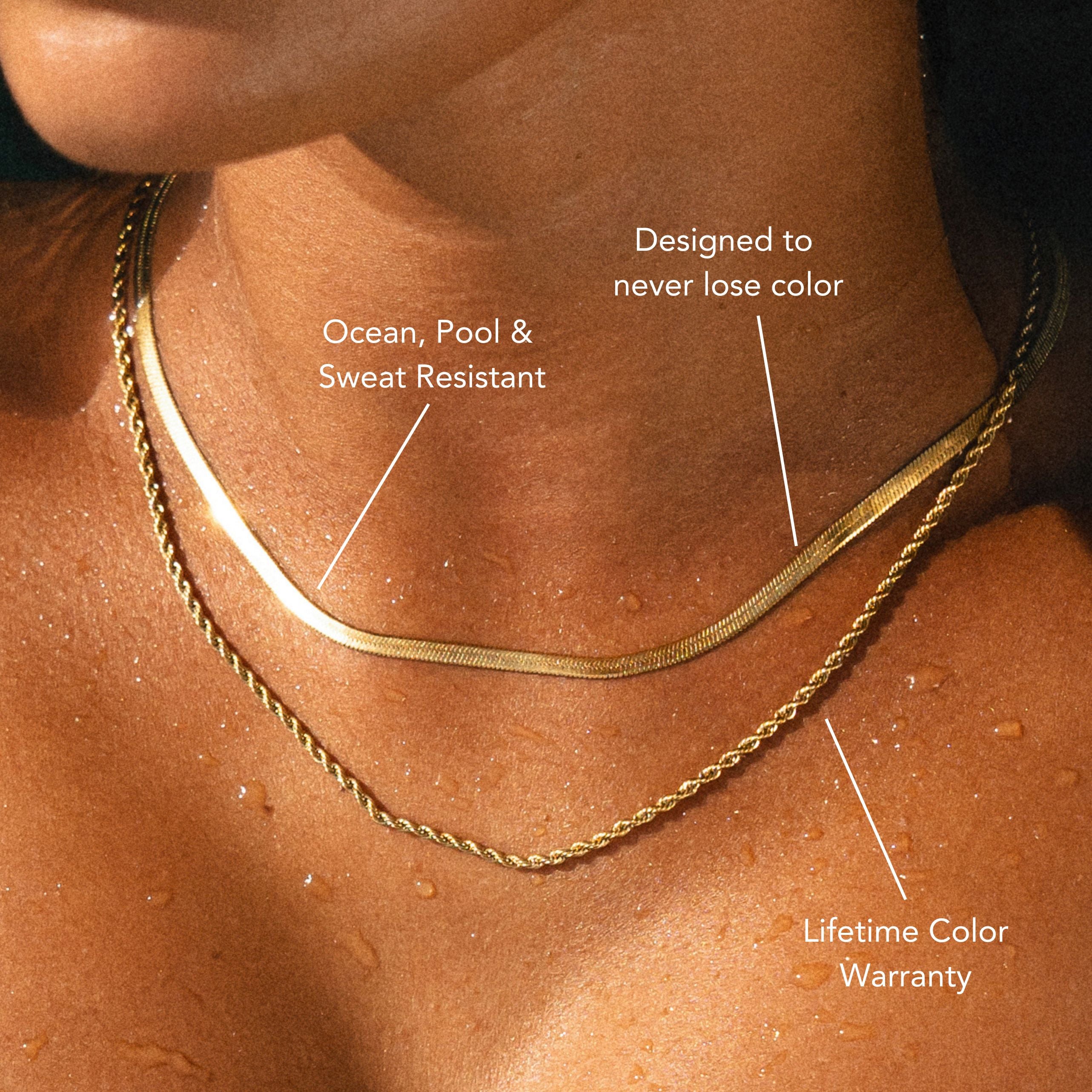
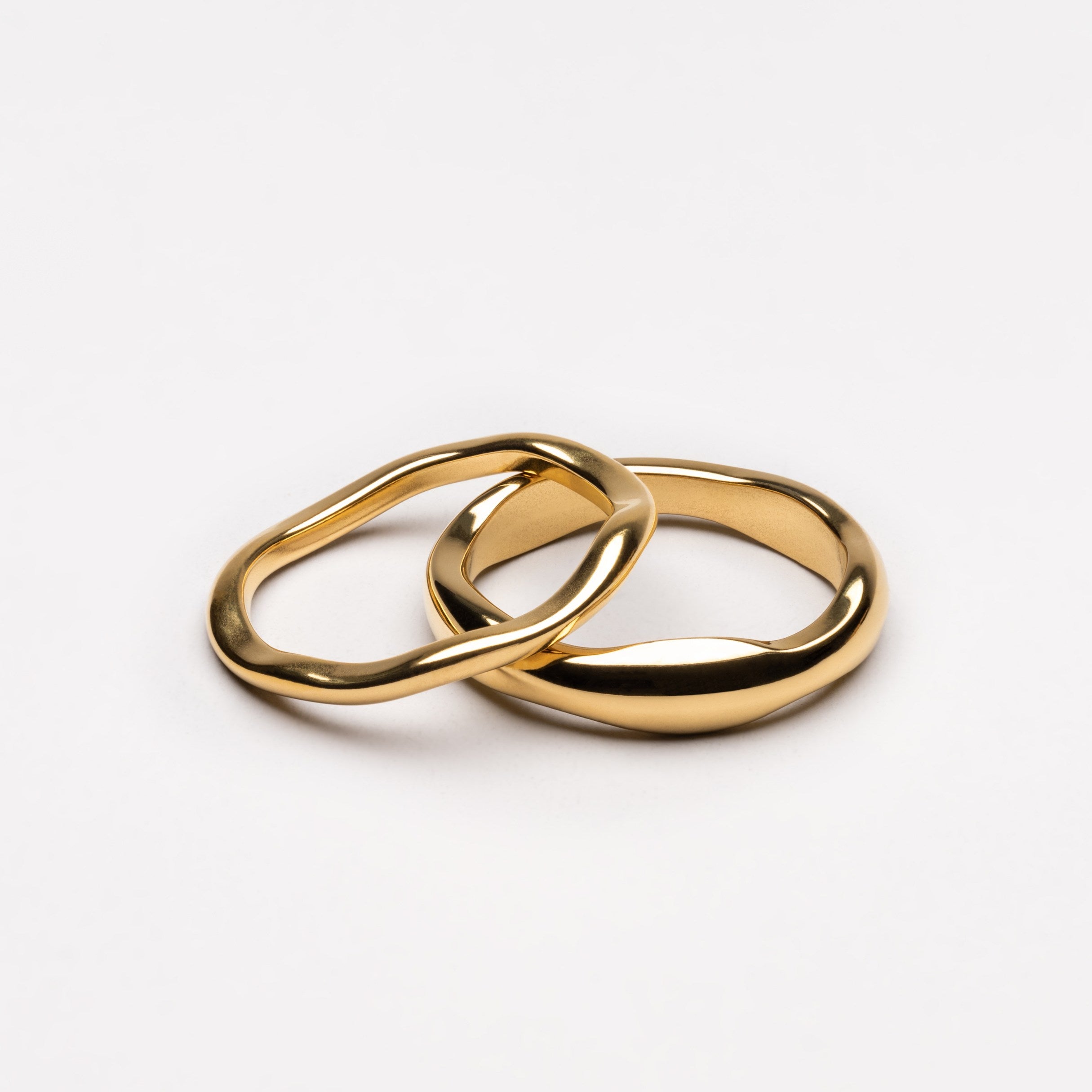

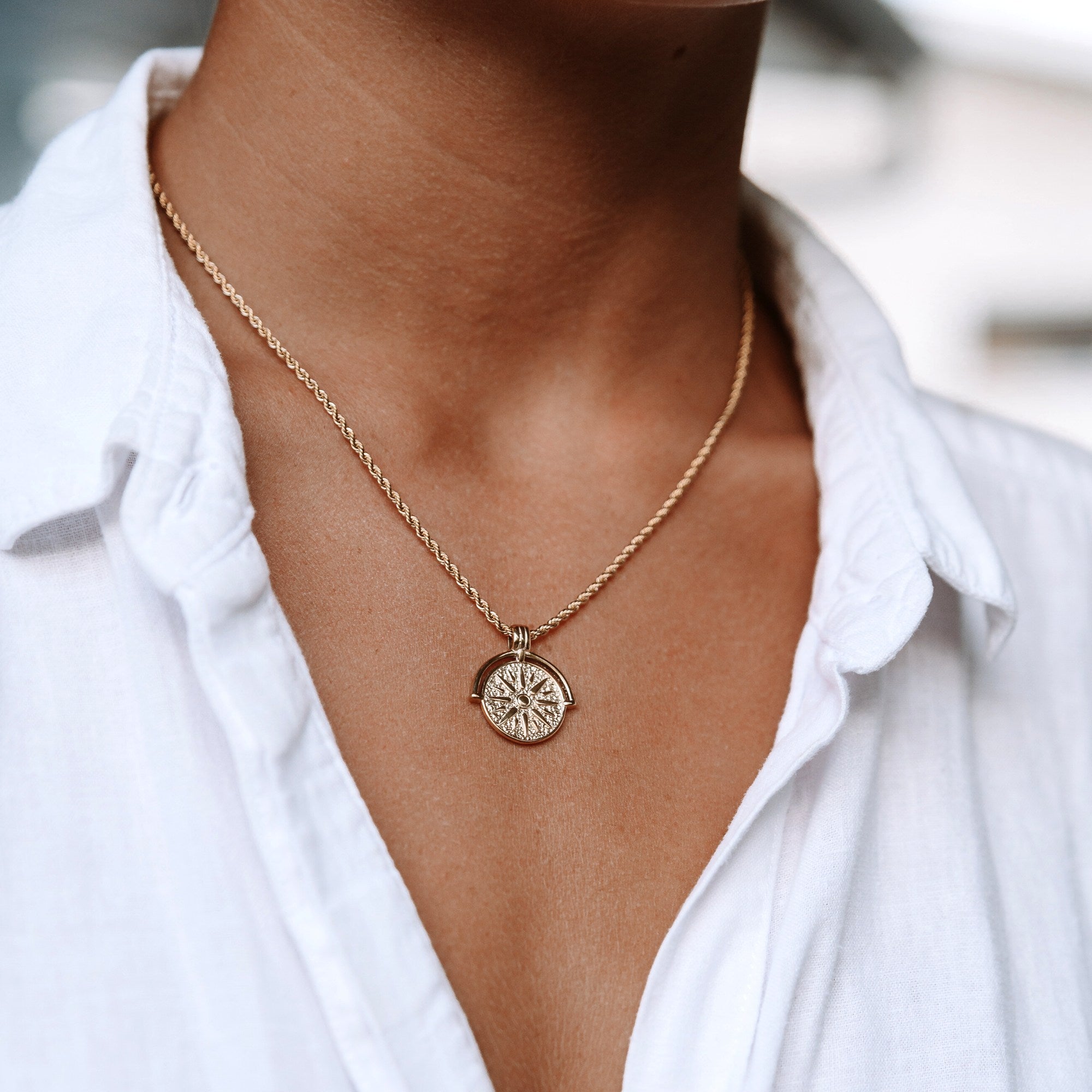
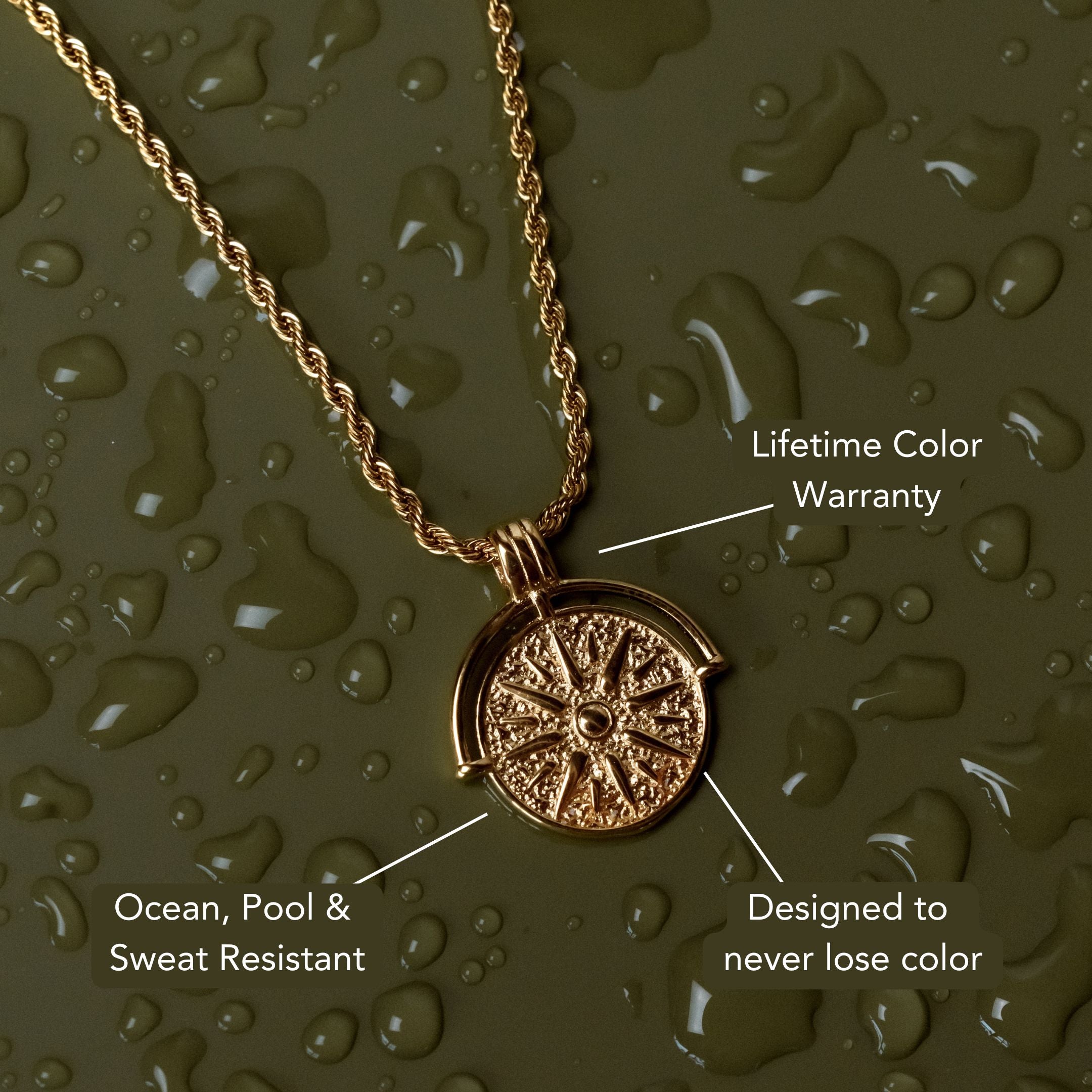
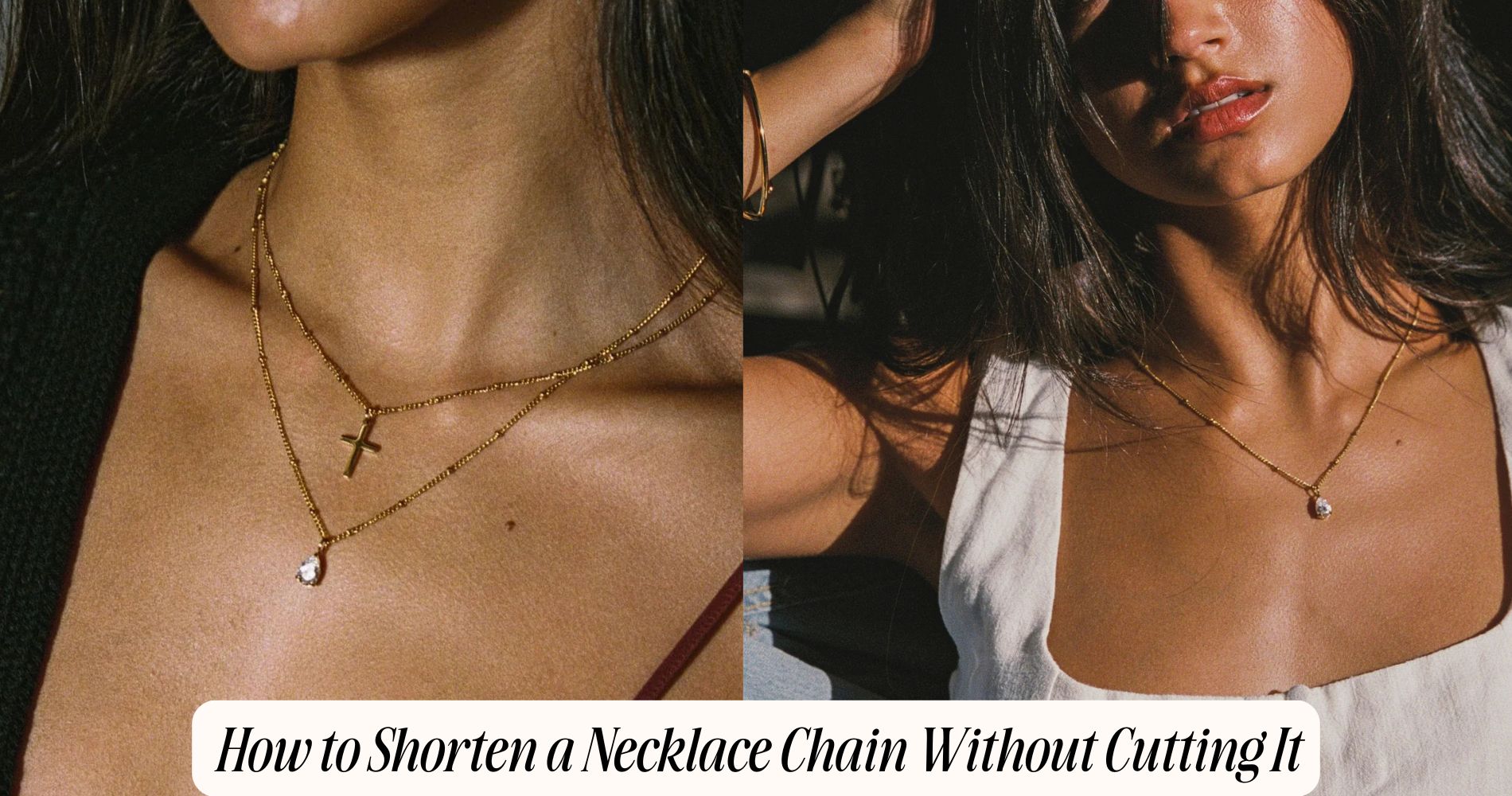
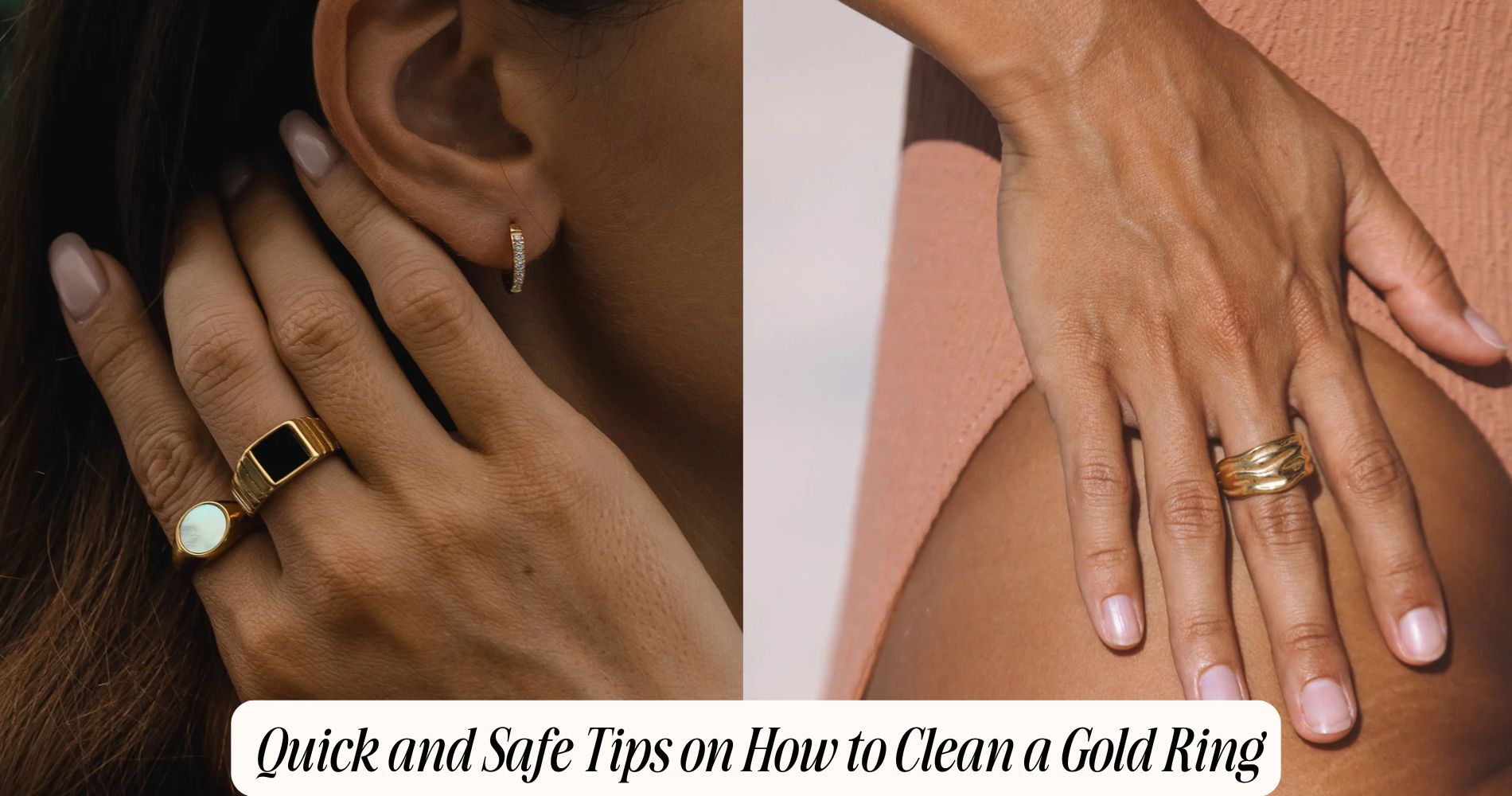




Leave a comment
This site is protected by hCaptcha and the hCaptcha Privacy Policy and Terms of Service apply.